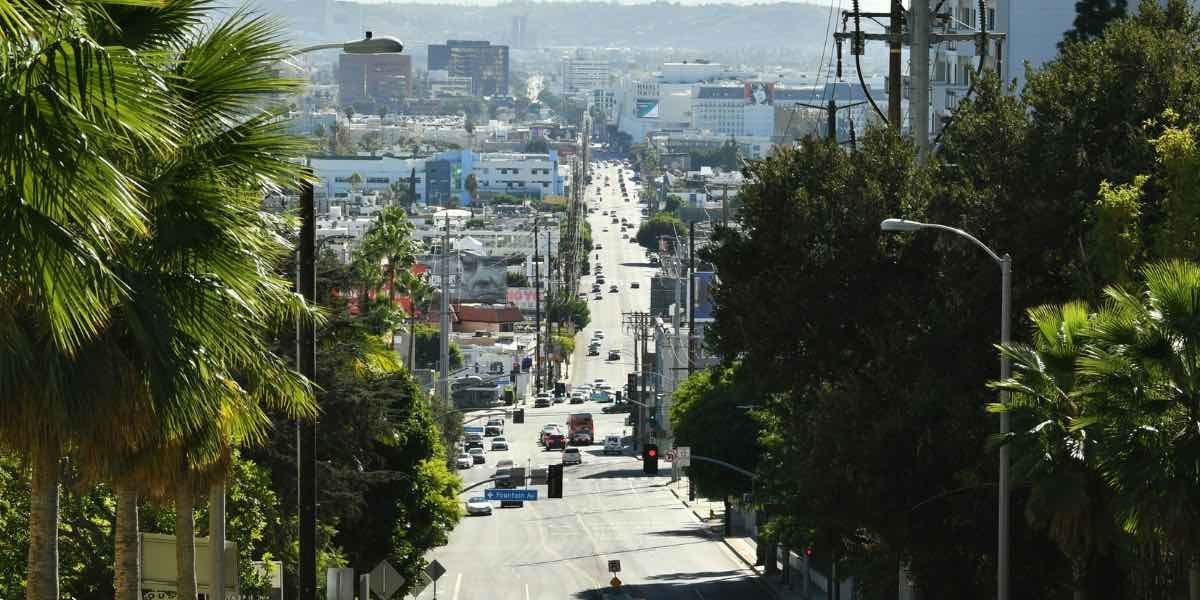California cuisine is an ever-evolving tapestry, woven with the culinary traditions of immigrants who have called the Golden State home. From bustling Chinatowns to vibrant taquerias and innovative fusion restaurants, immigrant communities have profoundly shaped the way Californians eat. These food traditions offer not only delicious flavors but also stories of resilience, adaptation, and the cultural exchange at the heart of the California experience.
Chinatown: A Culinary Gateway
Among California’s oldest and largest immigrant communities, Chinese Americans have been enriching the state’s food scene since the Gold Rush era. San Francisco’s iconic Chinatown is a testament to this legacy:
- Dim Sum Delights: Steaming baskets of dumplings, buns, and small plates are a beloved weekend tradition, showcasing the vast range of Cantonese cuisine.
- Regional Specialties: Restaurants delve into the flavors of Sichuan, Hunan, and other Chinese provinces, offering a nuanced exploration of this vast culinary world.
- American-Chinese Innovations: Dishes like chop suey and fortune cookies reveal how immigrants adapted their cuisine using California ingredients and catering to American tastes.
Little Saigon: Flavors of Vietnam
California boasts the largest Vietnamese population outside of Vietnam. Communities like Orange County’s Little Saigon are culinary treasure troves:
- Pho for the Soul: This fragrant noodle soup with its customizable variations is Vietnam’s national dish and a staple comfort food.
- Banh Mi Boom: The French-influenced baguette sandwich filled with grilled meats, pickled vegetables, and fresh herbs is a testament to the delicious complexities of fusion food.
- Beyond Street Food: Restaurants offer home-style dishes and regional specialties, showcasing the diversity of Vietnamese cooking.
The Mission District: A Latin American Heart
San Francisco’s Mission District has long been a hub for immigrants from Mexico and Central America, shaping the city’s food scene:
- Taquerias and Beyond: While the Mission-style burrito is iconic, the neighborhood is full of diverse eateries showcasing tacos, tortas, pupusas, and other beloved street foods.
- Flavorful Traditions: Restaurants feature dishes steeped in tradition, highlighting regional Mexican cuisines like those from Oaxaca or Jalisco.
- A Thriving Marketplace: Stores and markets offer vast assortments of produce, spices, and specialty goods essential to Latin American cooking.
California’s Fusion Revolution
Immigrant influences have shaped California cuisine beyond traditional ethnic enclaves:
- Korean BBQ Craze: Korean-American chefs popularized flavorful bulgogi and tabletop grilling, now a beloved mainstream dining experience.
- Sushi Revolution: Japanese immigrants have made sushi accessible and ubiquitous, while also elevating it to an art form in California.
- Farm-to-Table Meets the World: California chefs embrace global flavors using seasonal local ingredients, creating innovative dishes that reflect the state’s multicultural landscape.
Food as a Bridge
Immigrant food traditions serve a purpose beyond satisfying appetites:
- Cultural Preservation: Recipes passed down through generations connect people to their heritage and keep culinary traditions alive.
- Shared Experiences: Communal meals and vibrant food-centric festivals foster understanding and break down cultural barriers.
- Economic Empowerment: Immigrant-owned restaurants and food businesses create jobs, revitalize neighborhoods, and enrich the economic fabric of California.
California’s culinary identity is inextricably linked to the immigrant communities who have shared their flavors and traditions. Whether exploring time-honored recipes in ethnic neighborhoods or savoring innovative fusion dishes, celebrating these culinary contributions is essential to understanding the true spirit of California’s diverse and ever-evolving food scene.








